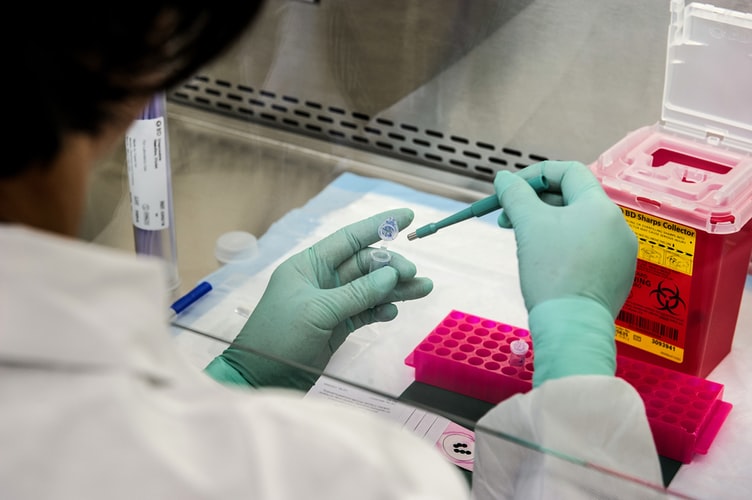Anatomical Pathology
At the point when given an organ or tissue test, anatomical pathologists will generally continue from a visual to minuscule to a sub-atomic examination. Normal systems include:
Net assessment, the assessment of unhealthy tissue with the unaided eye, an amplifying glass, or a standard light magnifying instrument
Cytopathology:
Cytopathology, the assessment of tissues at the cell level, including tissues and cells acquired through a careful biopsy or fine needle yearning (FNA)
Histopathology:
Histopathology, the tiny assessment of exceptionally recolored tissues to distinguish typical and unusual structures in a cell or potentially tissue structure
Electron microscopy:
Electron microscopy, a kind of magnifying instrument that utilizations quickened electrons to expand amplification, empowering the representation of the structures within a phone
Immunohistochemistry:
Immunohistochemistry, the utilization of invulnerable proteins (called antibodies) that, when coordinated to receptors on cells (called antigens), can help in the distinguishing proof of malignancy and certain viral contamination
Fluorescence in situ hybridization (FISH), an atomic method comparable on a fundamental level to immunohistochemistry in which RNA or DNA is coordinated to relating DNA or RNA in an example to recognize explicit diseases or chromosomal variations from the norm
Tissue cytogenetics, a scope of atomic methods that distinguish chromosomal issue by pinpointing blunders in their hereditary succession
Stream immunophenotyping, a procedure particularly helpful in leukemia or lymphoma in which a tissue test is presented to various antibodies to distinguish typical and anomalous cell types
Clinical Pathology
At the point when given blood, pee, or other body liquids, a clinical pathologist will typically continue from a visual to a minute to a lab examination. In contrast to anatomical pathologists, clinical pathologists will run tests dependent on a doctor’s doubt and return results that either support or reject that doubt. The techniques can be extensively depicted as:
Visible assessments, a visual assessment of an example to check for variations from the norm, for example, shading, thickness, coagulation, and sedimentation
Minuscule assessments, utilizing different strategies and stains, (for example, bacterial gram recoloring and FISH) to look at an example minutely
Robotized analyzers (a.k.a. “lab tests“), a wide scope of aligned hardware used to assess examples and decide if they fall above, beneath, or inside the normal qualities (reference run) of the all-inclusive community
Lab societies, in which an example is connected to a culture medium with the point of developing and emphatically recognizing bacterial, contagious, and even popular pathogens (illness-causing operators)









